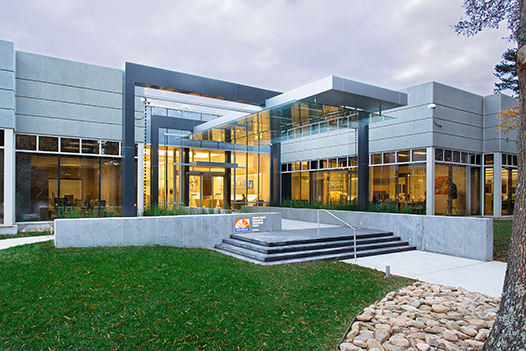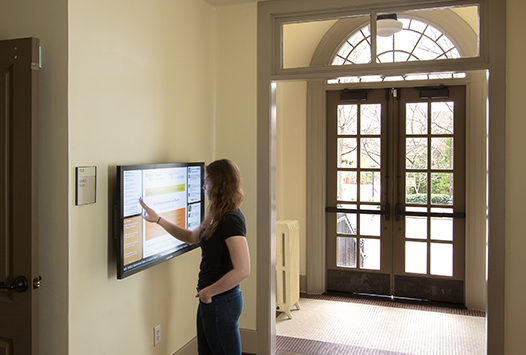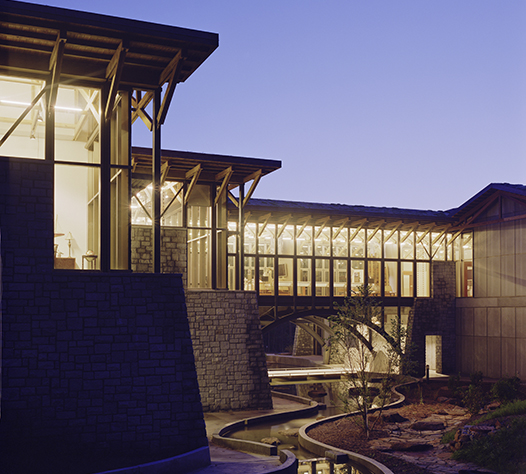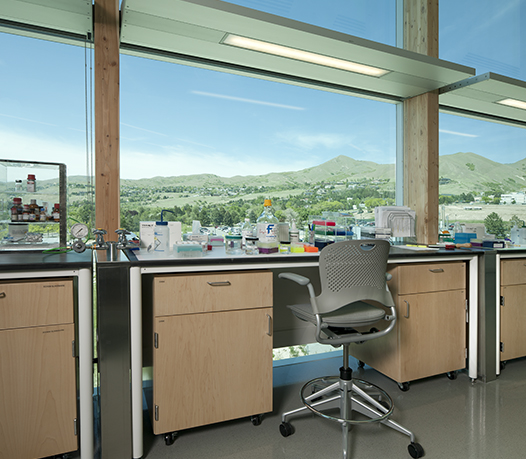Expertise
Green Transformation
Green buildings have the potential to do more than reduce operational costs or be “less bad” for the environment than conventional practice. Green buildings can help visitors and occupants gain a greater understating of the built environment’s relationship to the environment and the role that they play in that relationship.
Crystallized Pedagogy
In his book, Earth in Mind: On Education, Environment, and the Human Prospect, David Orr called campus architecture “crystallized pedagogy” arguing that, whether intentionally or not, the way we design, construct and operate buildings teaches building occupants and visitors about the values of the institution. Sustainable design strategies can often be either visible, expressive elements or invisible. When sustainable design is a project goal, visibly expressing the building’s sustainable design features offer an opportunity to add meaning. For example, the rain chains on projects like Novelis teach visitors about the water cycle and the building’s stormwater management systems.
Green Building Education
Interpretive elements illustrating a building’s green design features or performance can help occupants and visitors to understand the environmental impact of building design and operational decisions. These can take the form of conventional signage and exhibits explaining green design features or interactive kiosks that provide real-time data on building performance.
Biomimicry
“Biomimicry” literally means imitating life. In design, biomimicry involves the study of natural systems for inspiration. On the LEED Gold certified Gwinnett Environment and Heritage Center, the building’s cooling system was inspired by the natural cooling effect of a river shoals. A recirculating water feature set in a natural ravine between the building’s two wings naturally cools the water, which is circulated through a heat exchanger to provide cooling for the building’s mechanical system. At the LEED Gold certified Grand Bay NERR Visitors Center, natural inspiration came from the pine cone of the indigenous Longleaf Pine.
Biophilia
Edward O. Wilson first popularized the term “Biophilia”—meaning literally “love of life or living systems”—in his book by the same name. Wilson suggests that there is an instinctive bond between human beings and other living systems; that we are biologically wired to seek connections to nature. Recent research suggests that this affinity for nature translates to measureable human benefits such as productivity, emotional well being, stress reduction, learning and healing from the incorporation of biophilic elements in architecture [source: AIA].
Green Building Rating Systems
While we understand that it can be hard to approach holistic sustainable design through checklists and points, we acknowledge the value that green building rating systems like LEED, Living Building Challenge and WELL Standard provide in terms of education, goal setting and third party verification. Our over 70 LEED certified projects, including our own LEED Platinum Certified Atlanta Office, and our team of more than 50 LEED Accredited Staff are acknowledgments of that value.




